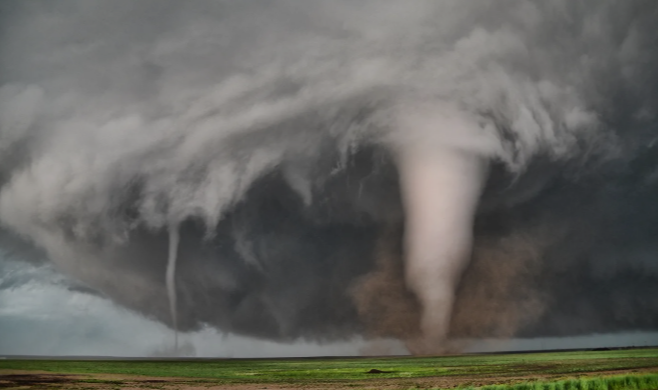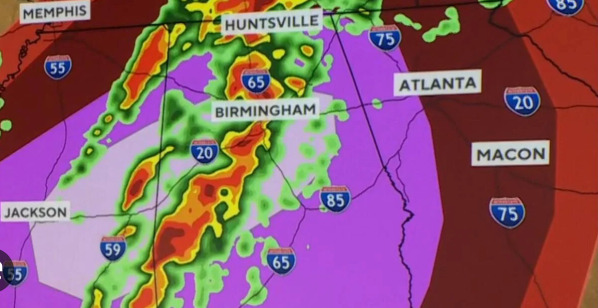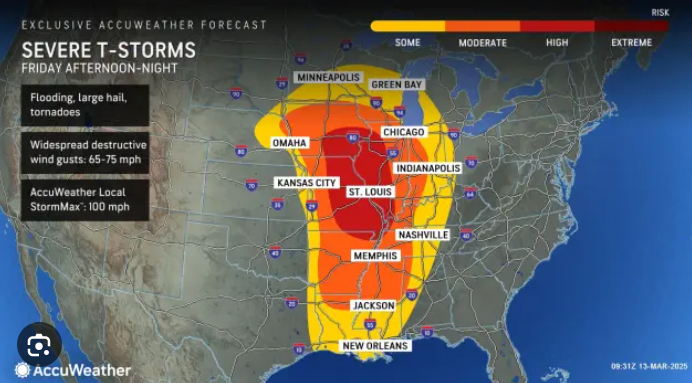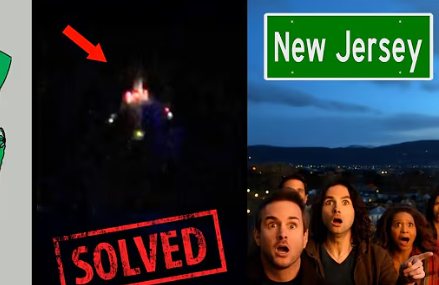Extreme Weather Unleashes Chaos: Live Updates on Missouri and Mississippi Tornadoes
The United States is once again battling the fury of nature as severe weather storms and tornadoes sweep through the central and southern regions, causing widespread destruction. With Missouri tornadoes and Mississippi tornadoes already leaving a trail of devastation, authorities are urging residents to stay updated on live weather alerts and take necessary precautions.

Tornado Outbreak: What’s Happening Now?
Over the past 24 hours, a powerful storm system has intensified, producing multiple tornadoes across Missouri and Mississippi. Meteorologists have warned that these storms are part of a larger pattern fueled by unstable atmospheric conditions, with warm, moist air colliding with a cold front.
According to the National Weather Service (NWS), over a dozen tornadoes have already touched down, causing extensive damage to homes, businesses, and infrastructure. Emergency services are working around the clock to assess the impact and rescue those affected.
Missouri Tornadoes: Cities in the Danger Zone
Missouri has been hit particularly hard, with reports of large, violent tornadoes sweeping through major cities and rural areas alike.
- Kansas City: Heavy thunderstorms accompanied by high-speed winds have resulted in downed power lines and severe flooding.
- Jefferson City: Officials confirm an EF-3 tornado tore through neighborhoods, leaving many without shelter.
- Springfield: Flash flood warnings are in effect as torrential rain continues to pound the region.
State officials have declared a state of emergency, urging residents to seek shelter immediately and follow weather updates closely.
Mississippi Tornadoes: Widespread Damage and Power Outages
Mississippi is also facing the wrath of nature, with multiple tornadoes causing destruction across several counties.
- Jackson: The capital city is grappling with fallen trees and widespread power outages.
- Tupelo: Authorities report significant damage to residential areas, with several injuries confirmed.
- Hattiesburg: Tornado sirens continue to blare as new storm cells develop, increasing the risk of further destruction.

Emergency response teams are prioritizing rescue efforts, with shelters opening across affected areas to accommodate displaced families.
The Science Behind These Devastating Tornadoes
Tornadoes form when warm, humid air from the Gulf of Mexico collides with cooler, drier air from the north, creating a volatile atmosphere. This leads to the development of supercell thunderstorms, which can spawn destructive tornadoes. The tornado season typically peaks in spring and early summer, but unseasonably warm temperatures have intensified recent outbreaks.
Meteorologists have noted an increase in tornado frequency and severity, possibly linked to climate change and shifting weather patterns. With Missouri tornadoes and Mississippi tornadoes becoming more frequent, experts emphasize the importance of early warning systems and preparedness.
Live Weather Updates: What You Need to Know
As storms continue to evolve, staying informed is crucial. Live weather updates are available through multiple platforms:
- National Weather Service (NWS): Real-time alerts and radar tracking.
- Local News Channels: Continuous storm coverage and safety instructions.
- Weather Apps: Push notifications for imminent threats in your area.
Authorities strongly advise against unnecessary travel and recommend keeping emergency kits ready, including flashlights, batteries, first-aid supplies, and non-perishable food.
Survival Tips: How to Stay Safe During Tornadoes
- Stay Indoors: Seek shelter in a basement or an interior room away from windows.
- Monitor Live Weather Updates: Use NOAA weather radios and mobile alerts.
- Protect Your Head: Use helmets, mattresses, or heavy blankets to shield against flying debris.
- Avoid Driving: Tornadoes can shift directions unexpectedly, making road travel dangerous.
- Have an Emergency Plan: Know the safest locations in your home and workplace.
Looking Ahead: More Storms on the Horizon?
Meteorologists predict that the current storm system may continue to generate severe weather in the coming days, potentially affecting other states across the Midwest and Southeast. Areas in Tennessee, Alabama, and Kentucky are on high alert as forecasts indicate possible tornado formation and heavy rainfall.
Communities in Missouri and Mississippi remain on edge as recovery efforts begin. The aftermath of these weather storms and tornadoes will take weeks, if not months, to fully assess. Officials urge residents to prioritize safety and follow evacuation orders if necessary.
Conclusion: Nature’s Unpredictable Fury
The recent Missouri tornadoes and Mississippi tornadoes serve as a stark reminder of nature’s immense power. As climate conditions continue to evolve, the frequency and intensity of weather storms and tornadoes may rise, demanding better preparedness and stronger infrastructure.
For now, staying vigilant, following live weather updates, and adhering to safety guidelines are the best ways to navigate these turbulent times.
Stay safe, stay informed, and keep an eye on weather alerts as authorities work tirelessly to manage the ongoing crisis.

Frequently Asked Questions (FAQs)
1. What should I do if a tornado is approaching?
Seek shelter immediately in a basement or an interior room away from windows. Cover yourself with a mattress or heavy blankets for protection.
2. How can I receive live weather updates?
Use the National Weather Service (NWS) website, local news channels, and weather apps with push notifications enabled.
3. What causes tornadoes to form?
Tornadoes form when warm, moist air meets cool, dry air, creating unstable atmospheric conditions that lead to rotating storm clouds.
4. Which states are most at risk for tornadoes?
Missouri, Mississippi, Texas, Oklahoma, and Kansas are among the states frequently impacted by tornado outbreaks.
5. How long do tornadoes usually last?
Most tornadoes last between a few minutes to over an hour, depending on their strength and atmospheric conditions.
6. Can tornadoes happen at night?
Yes, tornadoes can occur at any time of day, but nighttime tornadoes are especially dangerous due to reduced visibility and shorter warning times.
7. What is the Enhanced Fujita (EF) Scale?
The EF Scale ranks tornadoes based on wind speed and damage, ranging from EF-0 (weakest) to EF-5 (strongest).
8. How can I prepare for tornado season?
Create an emergency plan, assemble a disaster kit, stay informed with live weather updates, and know your local shelter locations.














